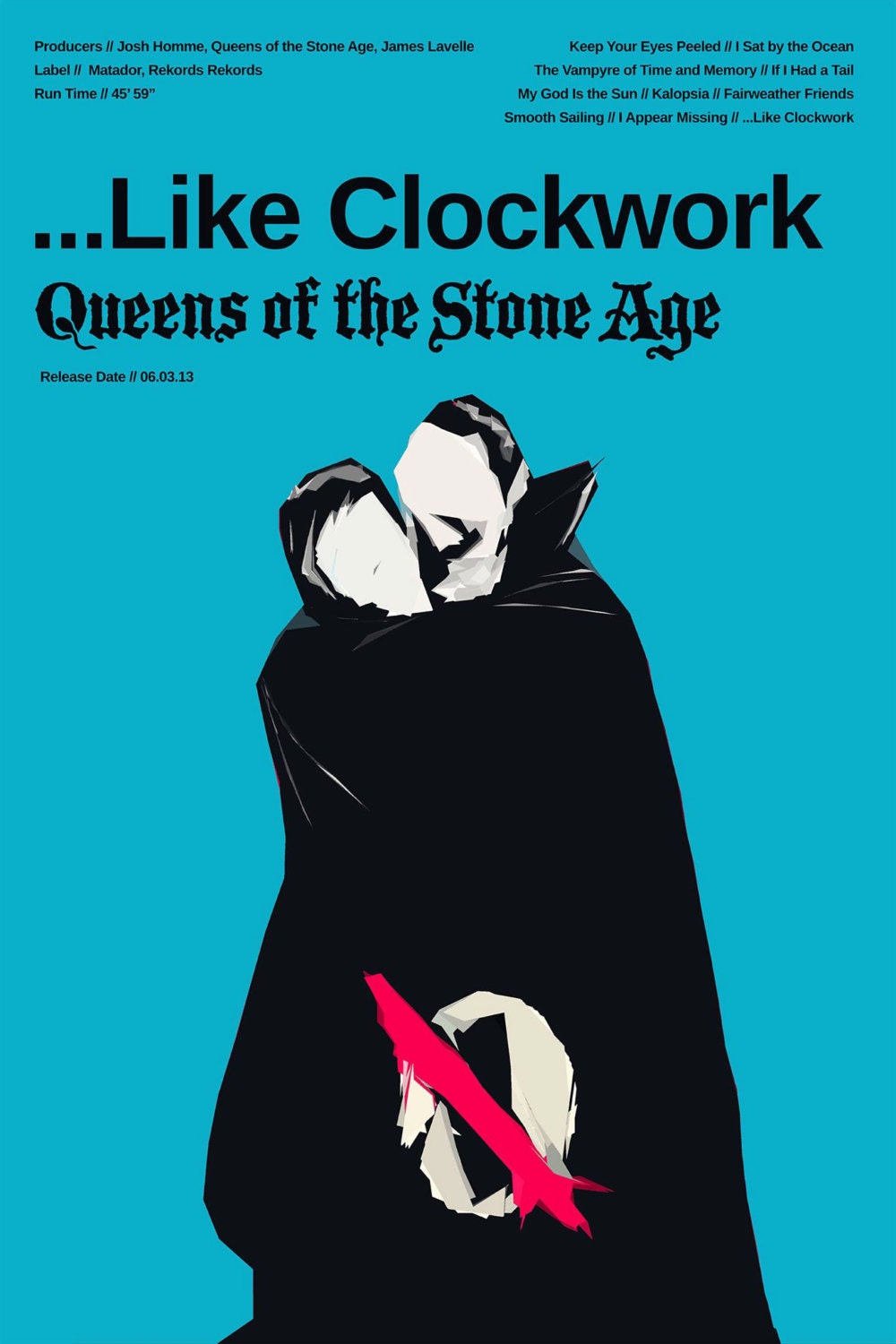
Cape Verde has changed a great deal since a fourteen year-old boy stayed out late to serenade the streets of São Vicente. Then, after a ten-year break from the business, Bana took a vacation from retirement to record the album Gira Sol, which was arranged and produced by Ramiro Mendes for MB Records. In 1986, after more than forty years of singing, Bana decided to retire after one last tour of Cape Verde and its huge diaspora. He received an official apology seven years later and returned to a warm welcome. He was accused of collaborating with colonial powers, and forced to return to Lisbon. It has been called Lisbon's "mecca for African music." Meanwhile, Bana continued to tour around the world and expanding his international following.īack in Cape Verde in 1975, Bana found himself on the wrong side of revolutionary politics. Bana's Monte Cara is both a restaurant and a nightclub.

After an extended tour of Angola's capital city and countryside, Bana decided to slow down briefly in Portugal and open a Cape Verdean restaurant. Cape Verdeans in Portugal, Italy, France, Guinea-Bissau, Mozambique, and the United States recognized Bana's Portuguese Creole mornas as the voice of their people heard around the world.īy the late 1960s, Bana was performing sold-out shows from Lisbon to Luanda. Bana's albums were successful not only in São Vicente and the other islands of Cape Verde. The group's name could not have been more appropriate. Around this time, Bana formed his own band, which he called A Voz de Cabo Verde (The Voice of Cape Verde).Ĭollaborating with fellow Cape Verdean musicians Luis Morais, Toi De Bibla, Jean Da Lomba, Morgadinho, and Frank Cavaquinho, Bana created a sound that has been the model for Cape Verdean bands ever since. His work took him to France and later Holland, where he recorded two more successful albums. The four-song album was simple and successful, selling 2,000 copies in the first two weeks.


Soon, he went to Dakar, Senegal-the nearest big city-where he recorded his first album in 1962. Leza's influence, Bana's musical style gained a similar melodic flow and rhythm. He used these techniques with such grace and success that they have become characteristic of Cape Verdean music.

Leza shortened his words, swallowed his syllables and reinvented the Cape Verdean morna to accommodate his illness. Leza was paralyzed and confined to a wheelchair. In the 1950s, this famous uncle of Cesaria Evora taught Bana and many others the art of the morna. Leza's impact on Cape Verdean music cannot be overstated. By 1953, Bana had come under the influence of Francisco Xavier da Cruz, known professionally as B.


 0 kommentar(er)
0 kommentar(er)
